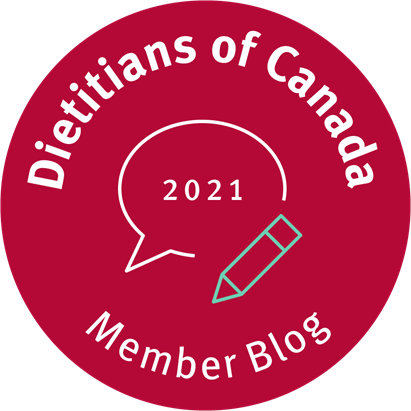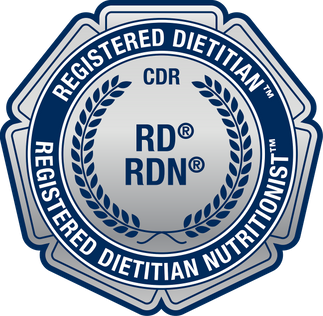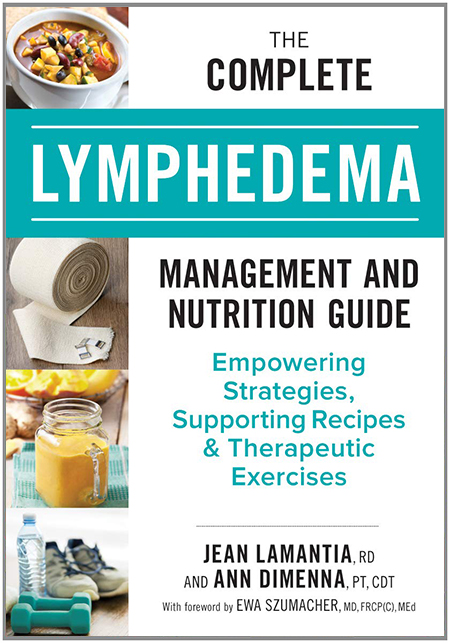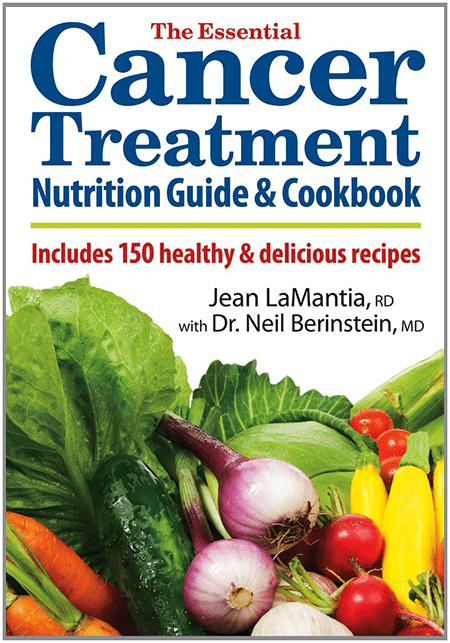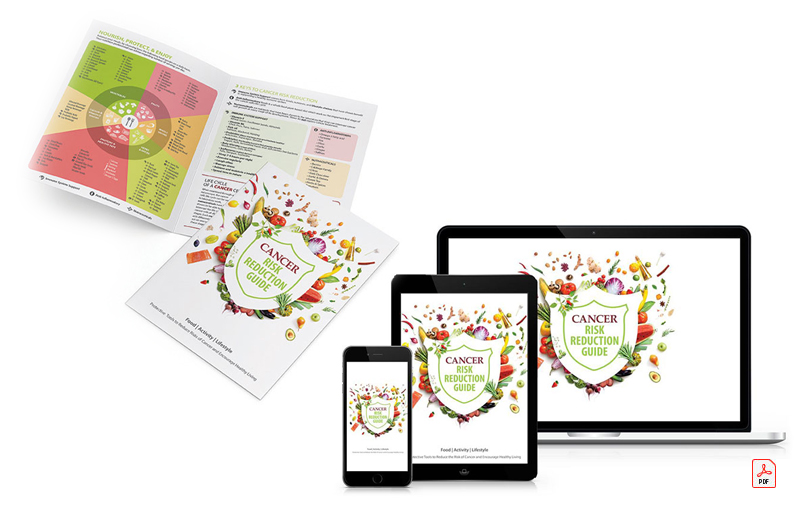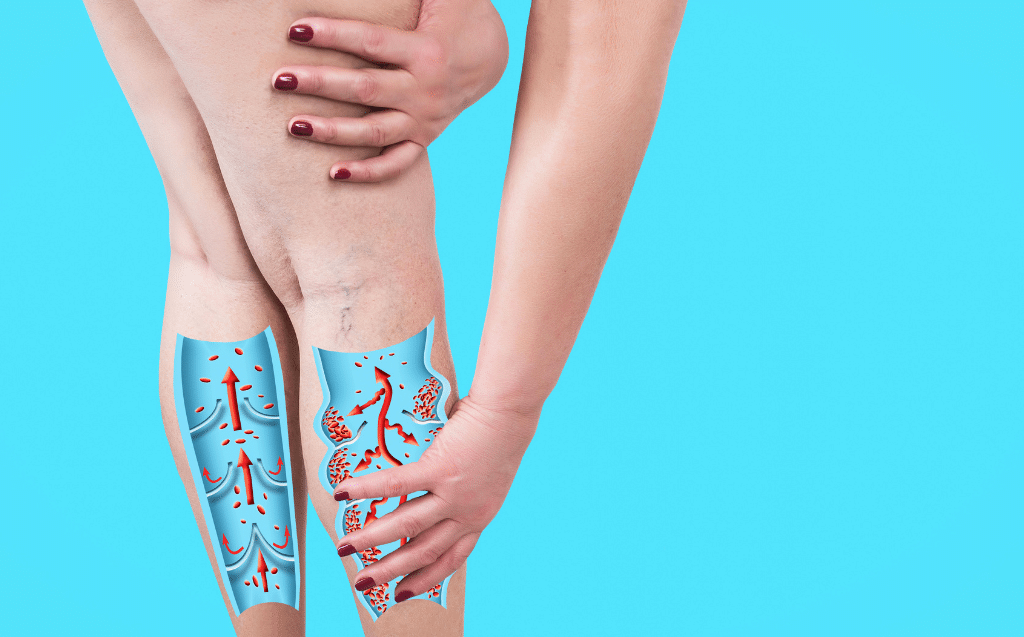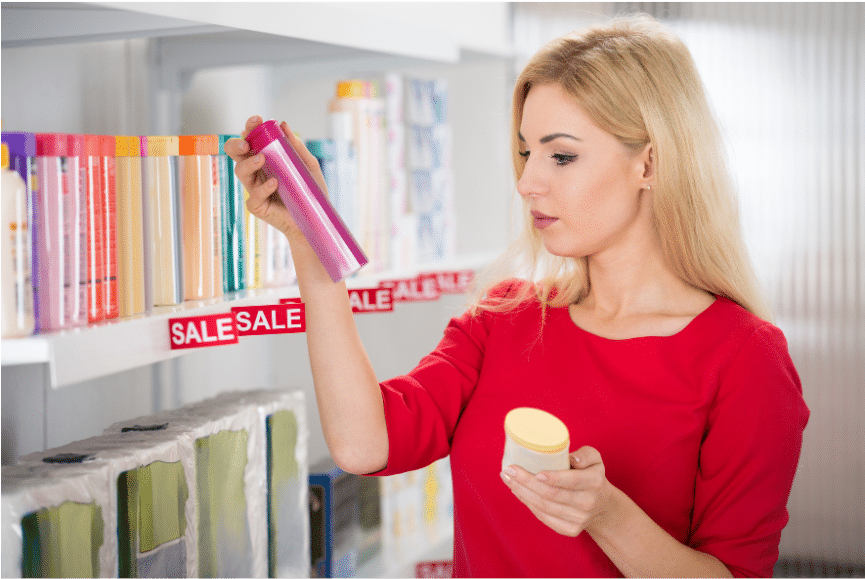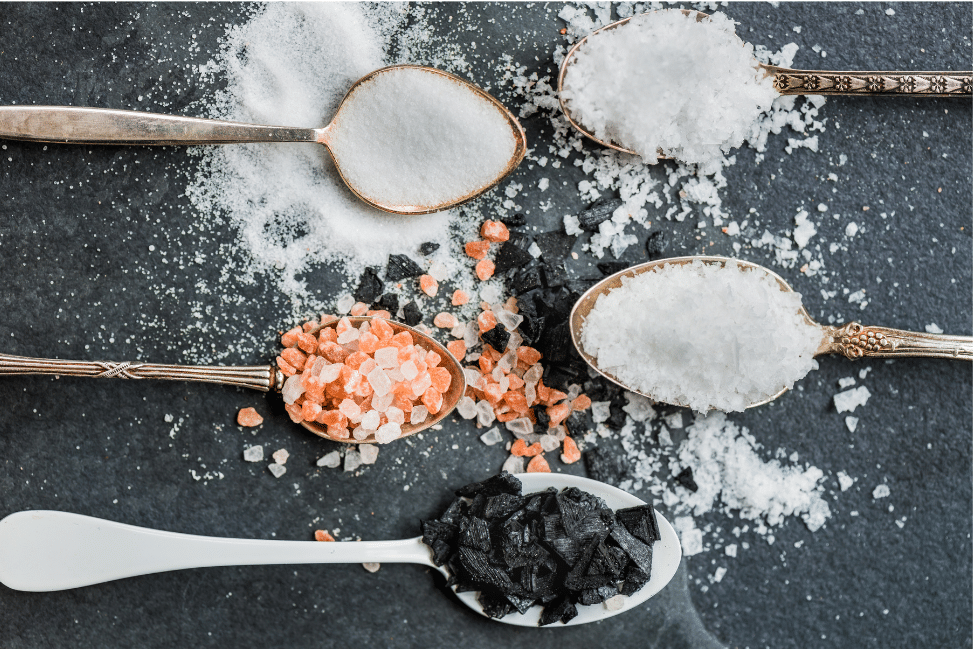Admittedly, I am slow to the show with this book review. I’ve had this book on my bedside reading table for several years. Yes, years! It didn’t get shuffled to the top of the stack until I learned that the authors published their latest book, Toxin Toxout: Getting Harmful Chemicals Out of Our Bodies and Our World on Dec 31, 2013. I heard this and thought—enough is enough!—I need to read this already.
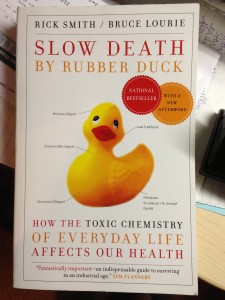
I’m glad I did. It was a much easier read than I expected. I was pleasantly surprised by the story-telling style of the book. The basic premise is that two men, both environmental crusaders, put themselves through several experiments to see if they can raise the levels of various environmental contaminants in their bodies.
According to the authors, people are sponges and we absorb things from our environments. No longer should we think of pollution as smokestacks billowing out toxins, but the very cells inside our bodies.
In their self-proclaimed “adult science fair project”, Rick Smith, the Executive Director of Environmental Defense, exposes himself to phthalates, brominated flame retardants, anti-bacterial triclosan and bisphenol A.
Bruce Lourie, president of the Ivey Foundation, exposes himself to Teflon, mercury, and the weed killer 2,4-D. What these intrepid explorers show us is that it is indeed possible to increase levels of these chemicals in blood and urine with some every day practices people do unwittingly.
Thankfully, the book includes lots of tips on how to limit our exposure to these chemicals. Here are some highlights:
Phthalates
- Avoid toiletries containing “fragrance” and “parfum”
- Replace your PVC shower curtain with recycled polyester or natural fibres
- Do not use air fresheners
- Check out your toys on healthytoys.org
- Reduce consumption of fatty meat and dairy foods
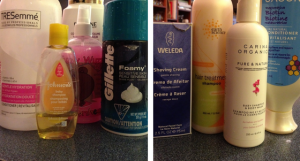
Perfluorochemicals (PFCs)
- Stop using old non-stick frying pans
- Limit use of Gore-Tex, Stainmaster and Scotchgard non-stick products
- Stop using microwave popcorn and take-out food contains (burgers, pizza)
- Read labels to make sure items don’t contain perfluoro- ingredients
Polybrominated Diphenyl Ethers (PBDEs)
- Use natural products like wood, hemp and cotton
- Buy PBDE-free furniture, upholstery and electronics
- Dust and vacuum regularly
- Recycle your old electronic equipment safely
Mercury
- Eat fish that is lower on the food chain and avoid large predatory fish
- Avoid white albacore tuna
- Choose wild over farmed fish
- Take mercury-containing products to household hazardous waste depots (old thermostats, paint)
Triclosan
- Avoid using “antibacterial” products
- Avoid nanosilver and nanozinc products (usually labelled “anti-bacterial”)
2,4-D
- Do not use synthetic weed killer on your lawn or garden
- Choose organic whenever you can
- Wash your produce well (CLICK HERE to read my blog on washing produce.)
BPA
- Check the recycling number on the plastics in your home; remember this ditty “4, 5, 1 and 2, all the rest are bad for you.”
- Do not use plastics in the microwave
- Store your food in glass containers
- Choose fresh or frozen over canned foods
- Use cloth instead of plastic shopping bags
Included in all of their tips are also links to more resources, as well as plenty of ideas and encouragement for you to engage your political leaders at all levels of government to support legislation that bans or restricts use of these invasive chemicals.
Bottom Line: This is a great book. While some of the information will be familiar to you, I’m sure there are things in your life you can improve to reduce your exposure to these chemicals. I am going to order Rick and Bruce’s latest book and this time, I won’t wait so long to read it.
If you would like to support my blog by purchasing this book through my amazon associate links, that would be greatly appreciated. You can use these links to amazon.com or amazon.ca

